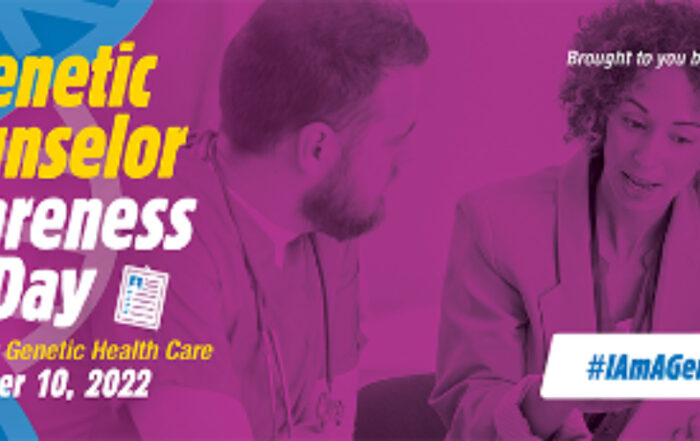What is the Anatomy Scan?
July 17, 2017
The anatomy scan is an ultrasound that is done approximately 20 weeks into your pregnancy. This scan is designed to tell doctors many different things about the developing baby. It is a level two ultrasound that many mommies-to-be get excited about because it will reveal the gender of the baby. However, this ultrasound provides other vital information about the development of the baby. The technician will be able to examine the heart, face, spine, brain, and other organs to help evaluate for any birth defects.
The Development of the Heart
One thing the technician will look for are any possible heart defects in the baby. If this ultrasound picks up on any heart defects, your doctor will likely recommend a fetal echocardiogram, which is a specialized test that can look at the heart in more detail. This testing is typically done at 20-22 weeks of pregnancy and is similar to an ultrasound. Knowing if your baby has a heart defect before birth may help with pregnancy management and advise your doctor which hospital would be best for your delivery. Your doctor may also want you to meet with a pediatric cardiologist prior to delivery to prepare for potential medical needs for the baby after birth.
Facial Development
The ultrasound technician will also look at the baby’s face to look for any issues with development. For example, a cleft lip or a cleft palate may be seen on this ultrasound. The technician will only be able to see this if your baby’s position allows for the face to be seen.
Spinal Evaluation
During the anatomy scan your baby’s spine will be checked to make sure there are no holes along the spine, which is called spina bifida.
The Development of the Brain
The brain is a very important aspect of the anatomy scan. The first thing they will look at is the overall shape and fluid filled spaces of the brain.
The Overall Body Development & Mother’s Anatomy
Beside the previously mentioned organs, the technician will also look at your baby’s other organs, such as the stomach, kidneys, bladder, and diaphragm. They will also look at the baby’s overall development and size as well. They also look at the placement of the placenta and the amount of amniotic fluid.
Don’t Be Nervous!
It can be a very exciting to see the development of your growing baby as well as finding out the gender. Remember that you can always ask questions and that we are here to make sure you and your baby are happy and healthy!





